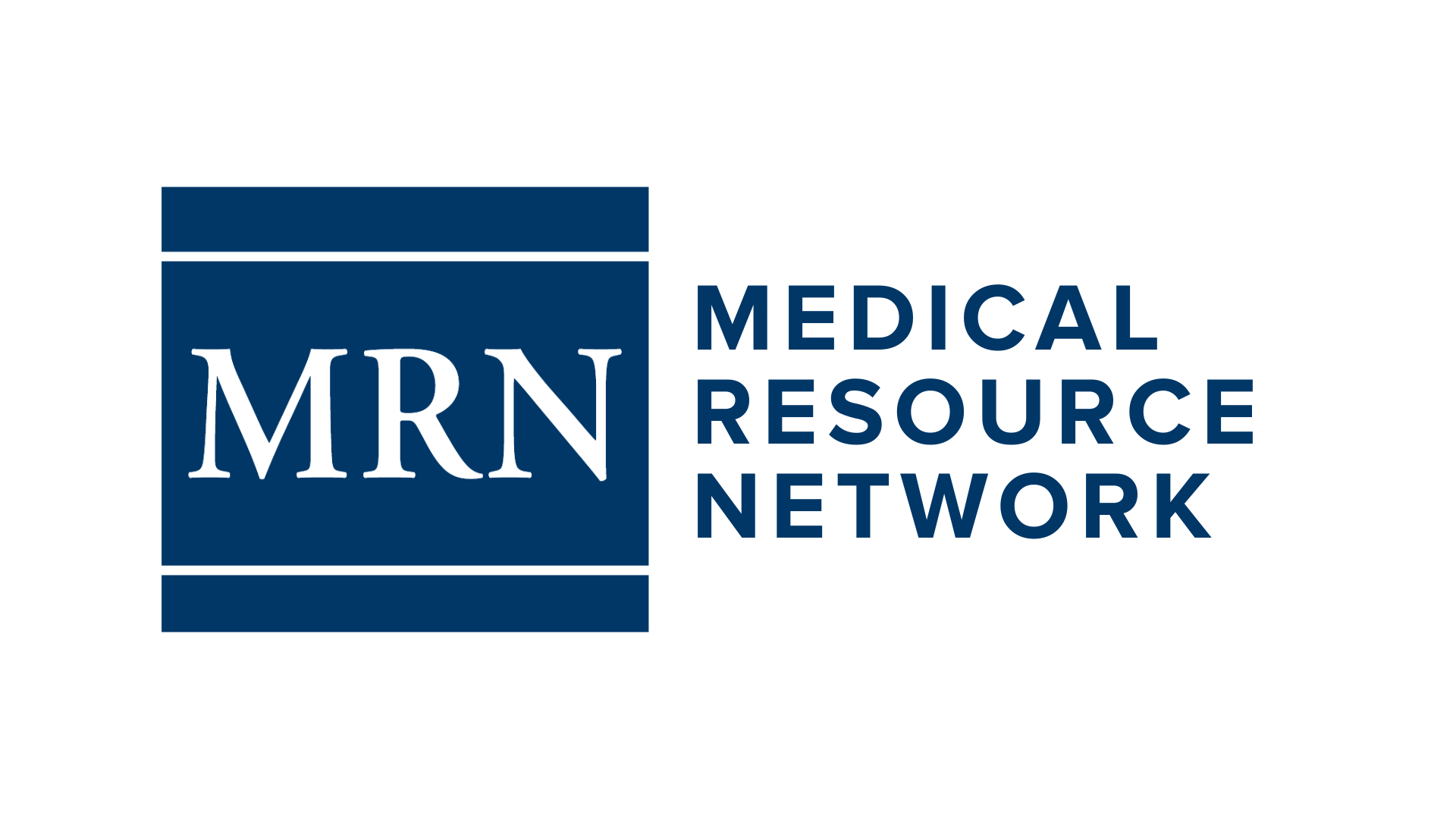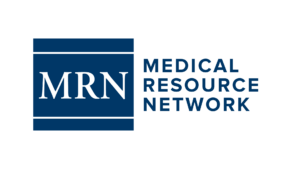If you’ve questions about the collection of medical records or would like information on our fee structure, call for a free consultation, at (888) 899-1406.
Obtaining and reviewing medical records is an essential part of the discovery process when a claim involves physical injury. In pharmaceutical mass torts, for example, medical records are particularly important for documenting prescription history against alleged consumption. The following is a brief list of suggested steps to obtain records effectively.
Acquire from Plaintiff’s Counsel:
- List of providers. A list of physicians, hospitals, pharmacies or clinics, including accurate provider names and addresses.
- HIPAA “authorization for disclosure of protected health information” form. Each form must include language from the Act authorizing record release, the plaintiff’s signature and date of signature, and the name and address of the facility or provider. If the plaintiff is deceased, a minor, or lacks capacity, a legally appropriate party may sign the request. The plaintiff’s counsel may prepare the form internally or may utilize a form prepared by defense counsel for their client’s signature. Forms are typically valid for one year from the date of signature unless otherwise indicated. A standard authorization form may not apply to sensitive information such as medical records regarding psychiatric content or HIV status. If this information is necessary to request, a separate form may be required. Additional information regarding HIPAA and authorizations can be found here.
Prepare Additional Documents for the Record Request:
- Medical record request letter. This letter outlines the formal request for records. It must include the plaintiff’s name, social security number, and date of birth. You may request “any and all” records or indicate a specific timeframe or type of record.
- Billing and radiology records. Most providers require a separate request for billing and radiology records. This information can typically be obtained by calling the facility directly.
- Certification of records. Documents providing for certification of records by an appropriate facility representative or records custodian should be included with the request. The first is to certify the records provided to the requesting party and the other is utilized when no responsive records are identified, also referred to as a Certification of No Records.
- Other documents. Facilities may also require additional documents. For example, a copy of the plaintiff’s death certificate and proof of legal representation such as POA if the plaintiff is deceased.
Investigate State Specific Rules
While the procedure for requesting medical records is similar across states and provider types, individual states often have unique rules regarding medical record requests. For example, Illinois requires a signed and dated Authorized Relative Certification when requesting records for a deceased individual.
Call the Health Information Management (HIM) Department
Before submitting a medical record request, check each facility’s website for any available instructions. It is also imperative that you call the Health Information Management (HIM) department directly to identify (or confirm) the method by which you should send the request. Requests are typically transmitted via fax, however, some facilities require hard copies of the request by mail. Very few allow record request documents to be transmitted via secure email.
Receiving Records
Even though HIPAA allows providers 30 days to process and respond to each request, records are rarely received in that time frame. Unless the records are requested on an “urgent” or “rush” basis, or a subpoena is involved, it can take several months to receive records. Typically, the HIM department (especially at a large medical center) will need extensive prodding to process the request and eventually send the records. One reason for the delay is that older records are often at an outside storage facility. Older records may also have been destroyed based on facility policy. Other facilities may claim a delay is based on a “backlog” of requests. Once retrieved, records may be mailed to you, sent by fax (typically only if under 100 pages), or placed on a secure website for download.
Identify Additional Providers
A review of the initial set of medical records may provide information regarding additional key providers or facilities necessary to the case (which may have been omitted from the list provided by opposing counsel).
Like other aspects of discovery, good record collection requires diligence and attention to detail. In order to expedite this process, and reduce the time and costs involved, your firm may consider retaining an outside company specializing in record retrieval and medical record review services.
Written by Julie Davis, JD, MPH, RD, Project Manager at MRN
Originally Published May 25, 2016 ABA Section of Litigation, Products Liability, Practice Points






